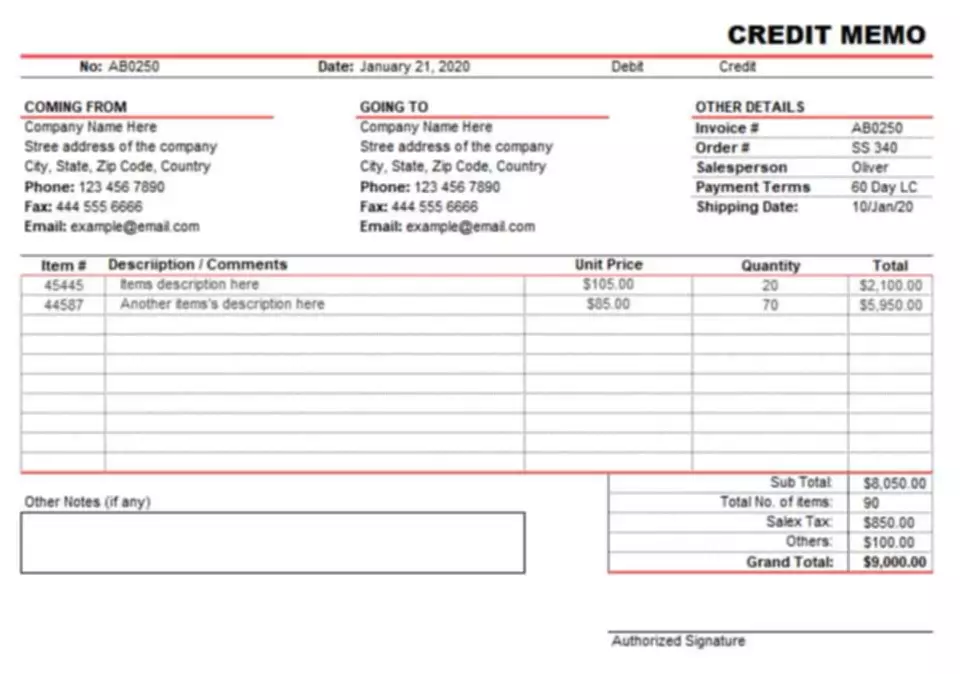What is double-entry bookkeeping?
Content

This records the elimination of the inventory asset as we charge it to expense. When netted together, the cost of goods sold of $1,000 and the revenue of $1,500 result in a profit of $500. To illustrate double entry, let’s assume that a company borrows $10,000 from its bank. The company’s Cash account must be increased by $10,000 and a liability account must https://www.bookstime.com/ be increased by $10,000. Hence, the account Cash will be debited for $10,000 and the liability Loans Payable will be credited for $10,000. Double-entry bookkeeping is usually done using accounting software. The software lets a business create custom accounts, like a “technology expense” account to record purchases of computers, printers, cell phones, etc.

In every transaction, the account receiving a benefit is debited, and the account giving benefit is credited. The most scientific and reliable method of accounting is the Double Entry System. One must have a clear conception of the nature of the transaction to understand the double-entry system. Such a bookkeeping system makes it easy to prepare accurate financial reports. Furthermore, to remain balanced, when an account in the asset changes, an equal amount of the change will occur in the liability or equity. Or, another account in the asset changes in the opposite direction. According to NPR.org, double-entry has its origins in the 1400s when it was used by merchants to keep an accurate record of the goods that they sold.
Double Entry Bookkeeping: T-account Definition
Bookkeeping can be complicated businesses of any size, and double-entry bookkeeping, all the more so. Here’s a closer look at this financial process and how understanding double-entry bookkeeping can help your organisation.
EU seeks to simplify digital asset tax rules and streamline collection – CoinGeek
EU seeks to simplify digital asset tax rules and streamline collection.
Posted: Thu, 06 Oct 2022 06:14:02 GMT [source]
This information may be different than what you see when you visit a financial institution, service provider or specific product’s site. All financial products, shopping products and services are presented without warranty.
Difference between single entry and double entry bookkeeping
Adam received his master’s in economics from The New School for Social Research and his Ph.D. from the University of Wisconsin-Madison in sociology. He is a CFA charterholder as double entry accounting meaning well as holding FINRA Series 7, 55 & 63 licenses. He currently researches and teaches economic sociology and the social studies of finance at the Hebrew University in Jerusalem.
On the contrary, the latter is about making two entries simultaneously to two different accounts and marking both the debit and credit sides. Credits are recorded on the right side of a T account in a ledger. Credits increase balances in liability accounts, revenue accounts, and capital accounts, and decrease balances in asset accounts and expense accounts.
Double Entry Bookkeeping Explanation
The total debits and credits in an accounting system must always be equal just like the equation itself. This is basis for recording all modern daybusiness transactions. A simpler version of accounting is single entry accounting, which is essentially a cash basis system that is run from a check book. Under this approach, assets and liabilities are not formally tracked, which means that no balance sheet can be constructed. This approach can work well for a small business that cannot afford a full-time bookkeeper. A key reason for using double entry accounting is to be able to report assets, liabilities, and equity on the balance sheet. Without double entry accounting, it is only possible to report an income statement.

If the total of the entries on the debit side of one account is greater than the total on the credit side of the same nominal account, that account is said to have a debit balance. It’s easier to explain debits and credits as accounting concepts, as opposed to physical things. Every transaction within your business produces a debit in one account and a credit in the other. Together, they represent money flowing into and out of your business — as one account increases, another has to decrease. A transaction that increases your assets, for example, would be recorded as a debit to that particular assets account. On the flip side, that transaction would also get recorded as a credit in another account. Credits increase revenue, liabilities and equity accounts, whereas debits increase asset and expense accounts.
For this reason, the total amount of debt will be equal to the total amount of credit. It can be detected through trial balance whether two sides of accounts are equal or not, and thereby the arithmetical accuracy of the account is verified.
- Thus, the asset account is increased with a debit and the liabilities account is equally increased with a credit.
- Their balance at the end of period comes to zero so they don’t appear in the balance sheet.
- So this amount is debited to your account and raises the account balance to $4500.
- He currently researches and teaches economic sociology and the social studies of finance at the Hebrew University in Jerusalem.
- Specialties include general financial planning, career development, lending, retirement, tax preparation, and credit.
- For this transaction, the company records an increase in inventory by Rp100 million and an increase in trade payable by Rp100 million.

Deja una respuesta